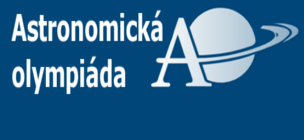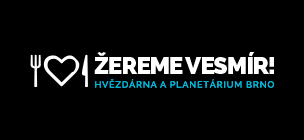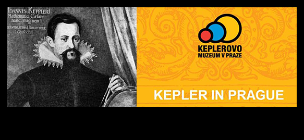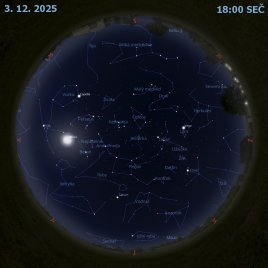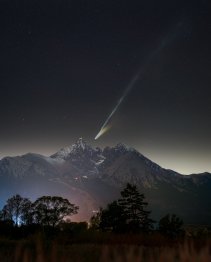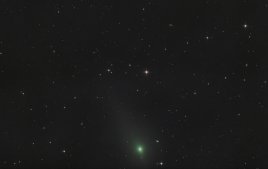Čestná uznání
Za mimořádné zásluhy o rozvoj České astronomické společnosti udělené v prosinci 2017 při příležitosti 100 let ČAS.
| Jméno |
|---|
| Zdeněk Bardon |
| Petr Bartoš |
| Jiří Borovička |
| Luboš Brát |
| Radek Dřevěný |
| Jiří Dušek |
| Vlastislav Feik |
| Martin Gembec |
| Jiří Grygar |
| Karel Halíř |
| Milan Halousek |
| Oldřich Hlad |
| Petr Heinzel |
| Josef Chlachula |
| Jaromír Jindra |
| Josef Jíra |
| Marek Kolasa |
| Jan Kondziolka |
| Lenka Kotková |
| Jakub Koukal |
| Štepán Kovář |
| Jan Kožuško |
| Bohumil Kratoška |
| Michal Křížek |
| Josef Ladra |
| Aleš Majer |
| Eva Marková |
| František Martinek |
| Zbyněk Melich |
| Karel Mokrý |
| Luboš Perek |
| Petr Pravec |
| Pavel Příhoda |
| Vojtěch Sedláček |
| Vladislav Slezák |
| Petr Sobotka |
| Lenka Soumarová |
| Pavel Suchan |
| Jan Štrobl |
| Miroslav Šulc |
| Jan Vondrák |
| Jan Zahajský |
Za mimořádné zásluhy o rozvoj České astronomické společnosti udělené v listopadu 2007 při příležitosti 90 let ČAS.
| Ocenění |
| Astronomický ústav AV ČR |
| Společnost Astropis |
| Zdeněk Bardon |
| Petr Bartoš |
| Luboš Brát |
| Ing. Josef Chlachula |
| Ing. Jan Kožuško |
| Ing. Libor Lenža |
| Jan Mánek |
| Mgr. Karel Mokrý |
| Anton Paschke |
| RNDr. Miroslav Randa, PhD. |
| Ladislav Schmied |
| Pavel Suchan |
| Ing. Jan Zahajský |
Za dlouholetou činnost ve prospěch české astronomie udělená při příležitosti Astronomického festivalu 1999
| Ocenění | Planetka |
| Miloň Bura | |
| Josef Doleček | 11126 |
| František Kozelský | 8229 |
| Ing. Bohumil Maleček CSc. | |
| Marie Pospíšilová | |
| Ladislav Schmied | 11326 |
| Prof. Ing. Emil Škrabal, DrSc., Dr.h.c. | 36888 |
| Ing. Rostislav Weber | |
| Jan Zajíc | 10626 |

